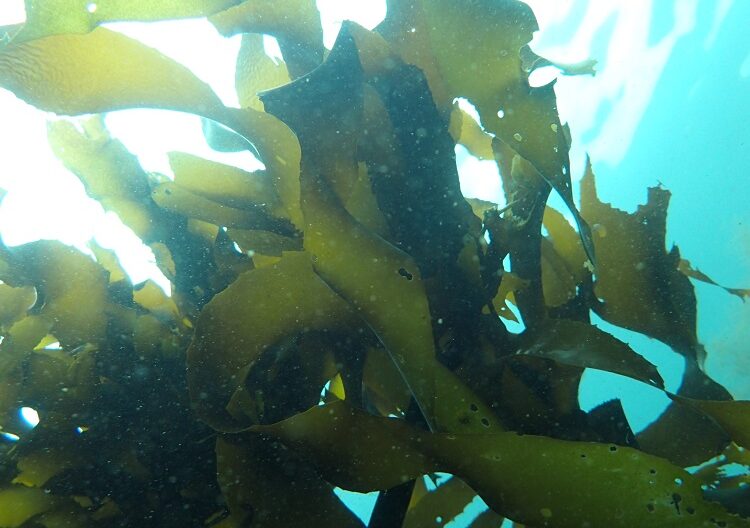An Integrated Assessment of Microplastic Pollution in Coastal Surface Water and Sediment of Japan
The ubiquity of microplastics in the marine environment has been highlighted in recent years, yet the extent of microplastic pollution in coastal areas, especially off the coast of Japan, remains unclear. Here we provide a comprehensive data set of microplastic pollution in surface water and sediment around coastal Japan. The survey encompasses 15 locations along Japanese coasts from the northernmost region in Hokkaido to the southern archipelago of Okinawa. The mean microplastic concentration was 288.7 ± 651.6 g km2 and 1,185 ± 3,829 kg km2 for surface water and sediment, respectively. A total of 53,466 particles were extracted from both sediment and surface water as suspected microplastics using a series of sieving, density separation, and digestion. Using Fourier transform infrared spectroscopy, 11,587 particles (21.7% of the total number of suspected microplastics) were chemically characterized, of which 85% of particles from surface water were identified as plastics and 70% in sediment. The main polymers found were the widely used polyethylene, polypropylene, and polystyrene. Analysis of sources and pathways of microplastics revealed that rainfall, population, aquaculture, and fisheries were major drivers of microplastic concentrations. This comprehensive survey highlights the rapid sinking of microplastics in coastal areas and the urgent need for better waste management associated with marine activities, especially in rural areas.
